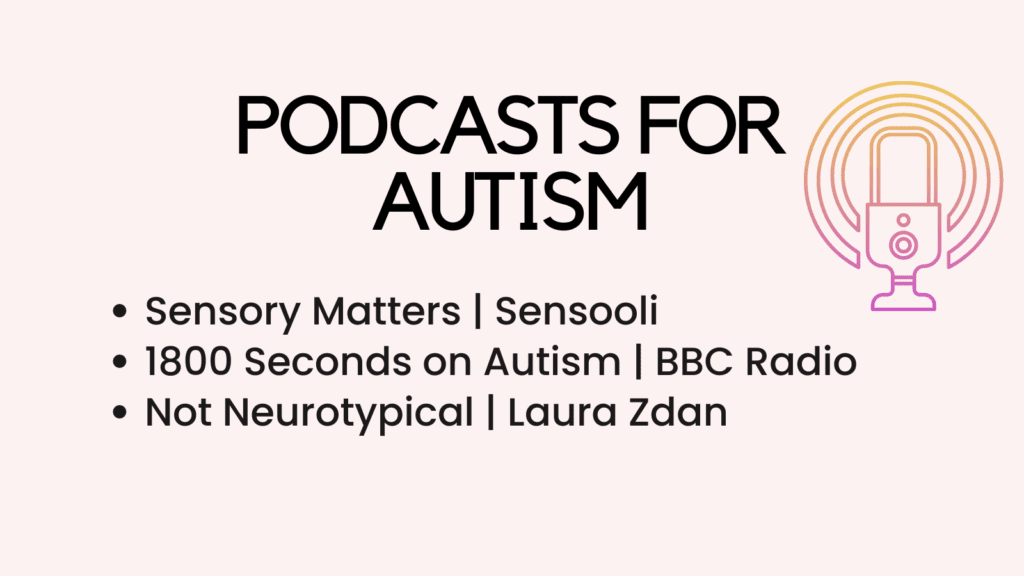In this post, you’ll learn all about autism and temperature regulation.
What Is Autism?
Autism Spectrum Disorder (ASD) is a complex neurodevelopmental condition that affects individuals in various ways, primarily impacting social communication, behavior, and sensory processing.
It is typically diagnosed in early childhood, although some individuals may receive their diagnosis later in life.
Key characteristics of autism include difficulties in social interaction and communication, as well as restricted and repetitive patterns of behavior and interests.
However, it is essential to remember that autism is a spectrum disorder, meaning that it presents differently in each individual.
Some people with autism may have significant challenges across all areas, while others may exhibit milder symptoms and excel in specific areas.
1. Social Communication Challenges
Individuals with autism often struggle with both verbal and nonverbal communication skills.
They may have difficulty understanding and using gestures, facial expressions, and tone of voice.
Some individuals with autism may have delayed speech or exhibit echolalia (repeating words or phrases heard previously).
Others may rely on alternative forms of communication, such as sign language or augmentative and alternative communication (AAC) devices.
Related: Autism In Women Symptoms That Are Often Overlooked
2. Restricted and Repetitive Patterns of Behavior
Autistic individuals often display repetitive and stereotypical behaviors. These can include:
Repetitive movements: Examples may include hand-flapping, rocking back and forth, or body spinning.
Ritualistic behaviors: Individuals may adhere strictly to specific routines or rituals and become distressed when these are disrupted.
Special interests: Many individuals with autism develop intense, focused interests in particular subjects. These interests can be highly detailed and specific, often bringing a deep sense of enjoyment and expertise to the individual.
3. Sensory Sensitivities
People with autism commonly experience sensory sensitivities, which can manifest as hypersensitivity or hyposensitivity to sensory stimuli.
This means they may be overly sensitive or underreactive to certain sounds, sights, smells, tastes, or tactile sensations.
These sensitivities can affect an individual’s comfort level, leading to distress or withdrawal in overwhelming or unfamiliar sensory environments.
Related: Top +40 Autism Self Help Skills For Adults That Will Make Life Less Stressful (+FREE ASD Resources)
Autism and Temperature Regulation
Temperature regulation, also known as thermoregulation, is an essential process that enables the body to maintain a stable internal temperature within a narrow range despite external environmental changes.
The human body engages in various mechanisms to achieve this balance, such as sweating, shivering, and vasodilation or vasoconstriction of blood vessels.
Several studies have indicated that individuals on the autism spectrum may face challenges when it comes to temperature regulation. This can manifest in different ways, including:
1. Sensory Sensitivities
Individuals with autism often have heightened sensory sensitivities, making them more vulnerable to temperature extremes.
They may experience discomfort or distress when exposed to hot or cold environments, leading to difficulties in adapting to temperature changes.
2. Difficulty Perceiving Body Signals
Some individuals with autism may struggle to accurately interpret their own body signals related to temperature, such as recognizing feelings of warmth or coldness.
This can complicate their ability to respond appropriately to temperature changes.
Related: Shy Child Vs. Autism (& How To Parent A Child With Autism?)
3. Impaired Sweating Response
Sweating is one of the primary mechanisms for cooling the body during heat exposure.
Studies have suggested that some individuals with autism may have impaired sweat response, affecting their ability to cool down efficiently in warm environments.
4. Co-occurring Medical Conditions
Certain medical conditions that are more prevalent among individuals with autism, such as epilepsy, gastrointestinal issues, or medication side effects, can also impact temperature regulation.
These factors may further contribute to the challenges faced by individuals with autism in maintaining thermal balance.
Related: Autism Resources For Adults (Information, Podcasts, TED Talks, Books)
Strategies for Managing Temperature-Related Difficulties
To support individuals on the autism spectrum in managing temperature-related difficulties, here are some evidence-based strategies:
1. Environmental Modifications
– Maintain a comfortable room temperature at home and work environments.
– Consider using fans, air conditioning, or space heaters to regulate indoor temperatures effectively.
– Provide access to cool or warm clothing options to accommodate individual preferences.
2. Sensory Supports
– Offer sensory tools, such as cooling or warming pads, to help regulate body temperature and provide relief during extreme weather conditions.
– Encourage the use of lightweight, breathable fabrics to minimize discomfort associated with sensory sensitivities to clothing textures.
3. Hydration
– Emphasize the importance of staying hydrated by drinking an adequate amount of fluids throughout the day.
– Be mindful of individual preferences for beverage temperature, as some individuals may prefer warm or cold drinks based on sensory needs.
Related: How To Feel Your Feelings? Top 9 Difficult Emotions To Cope With In Healthy Ways
4. Education and Self-Awareness
– Educate individuals with autism about the importance of maintaining an optimal body temperature and provide resources to help them understand and identify signs of overheating or feeling too cold.
– Foster self-awareness by teaching individuals strategies for recognizing their own body signals related to temperature.
5. Communication and Social Support
– Encourage open communication between individuals with autism and their caregivers, teachers, or peers to ensure they can express their temperature-related concerns or discomfort.
– Develop social support networks, such as support groups or online communities, where individuals with autism and their families can share experiences and learn from each other’s coping strategies.
Conclusion
Autism Spectrum Disorder (ASD) is a neurodevelopmental condition characterized by challenges in social interaction, communication, restricted and repetitive patterns of behavior, and sensory sensitivities.
One area that has garnered attention in recent years is the potential link between autism and temperature regulation.
By implementing evidence-based strategies like environmental modifications, sensory supports, hydration, education, and communication, we can help individuals with autism better cope with temperature-related difficulties and improve their overall well-being.



